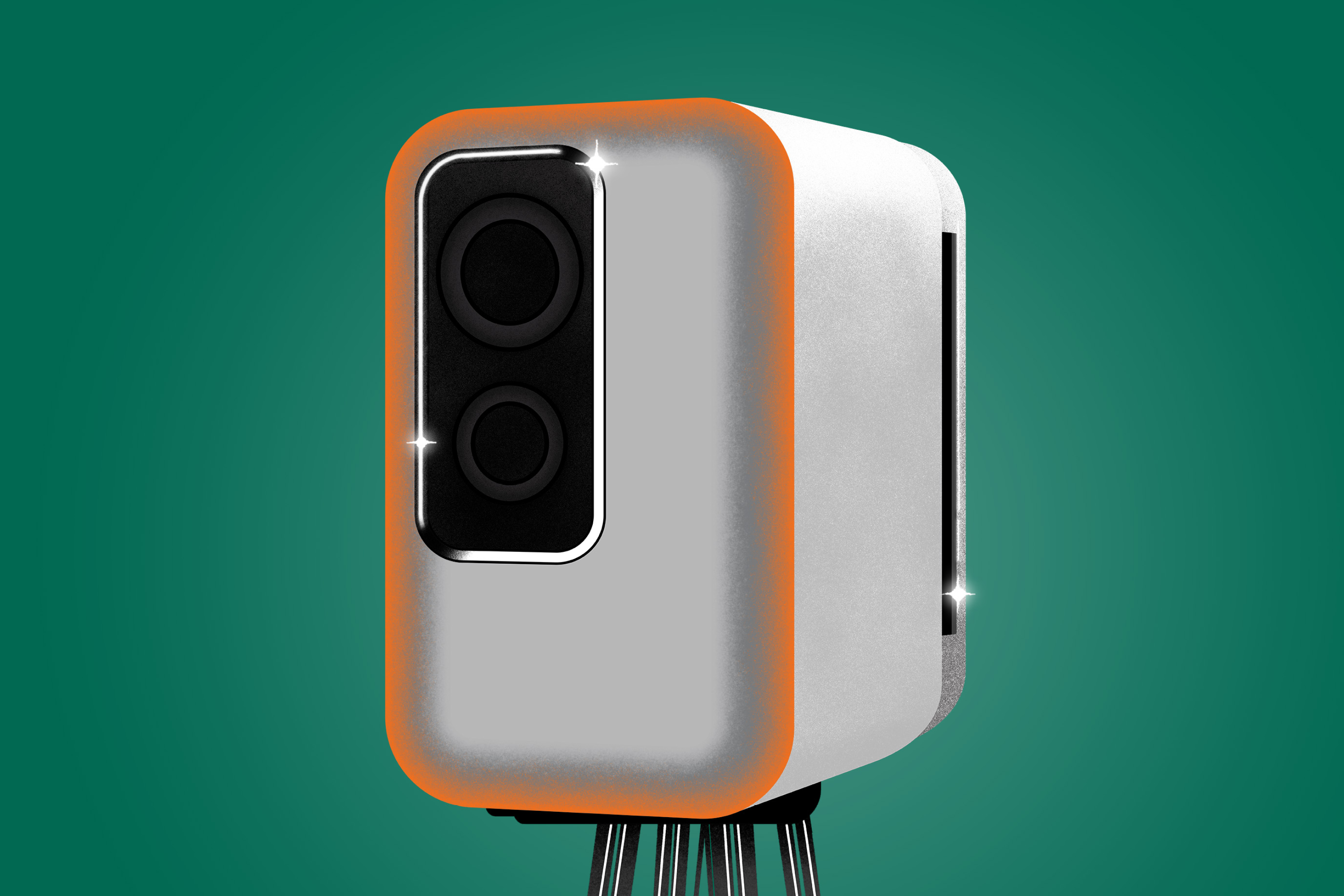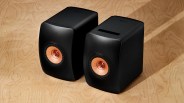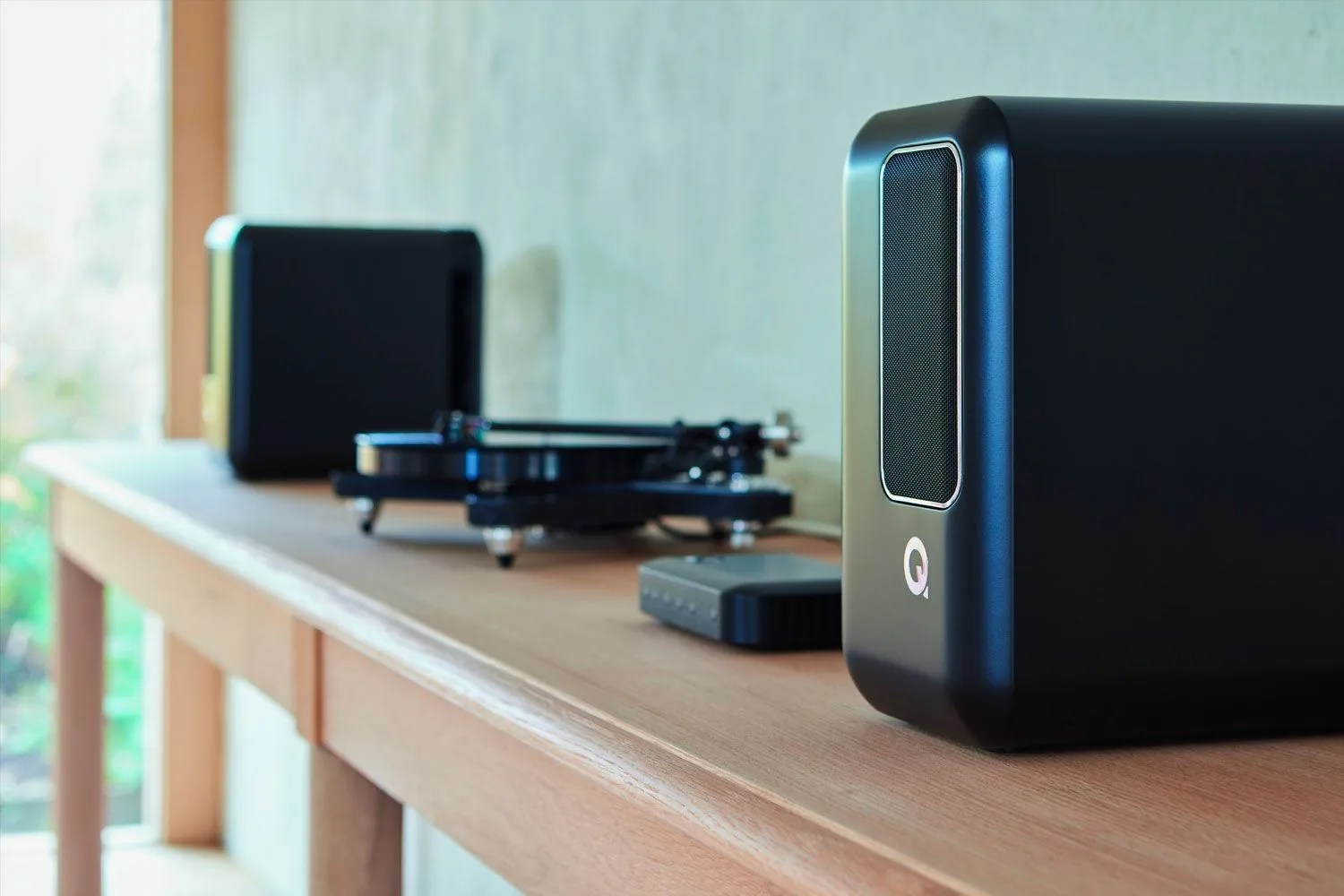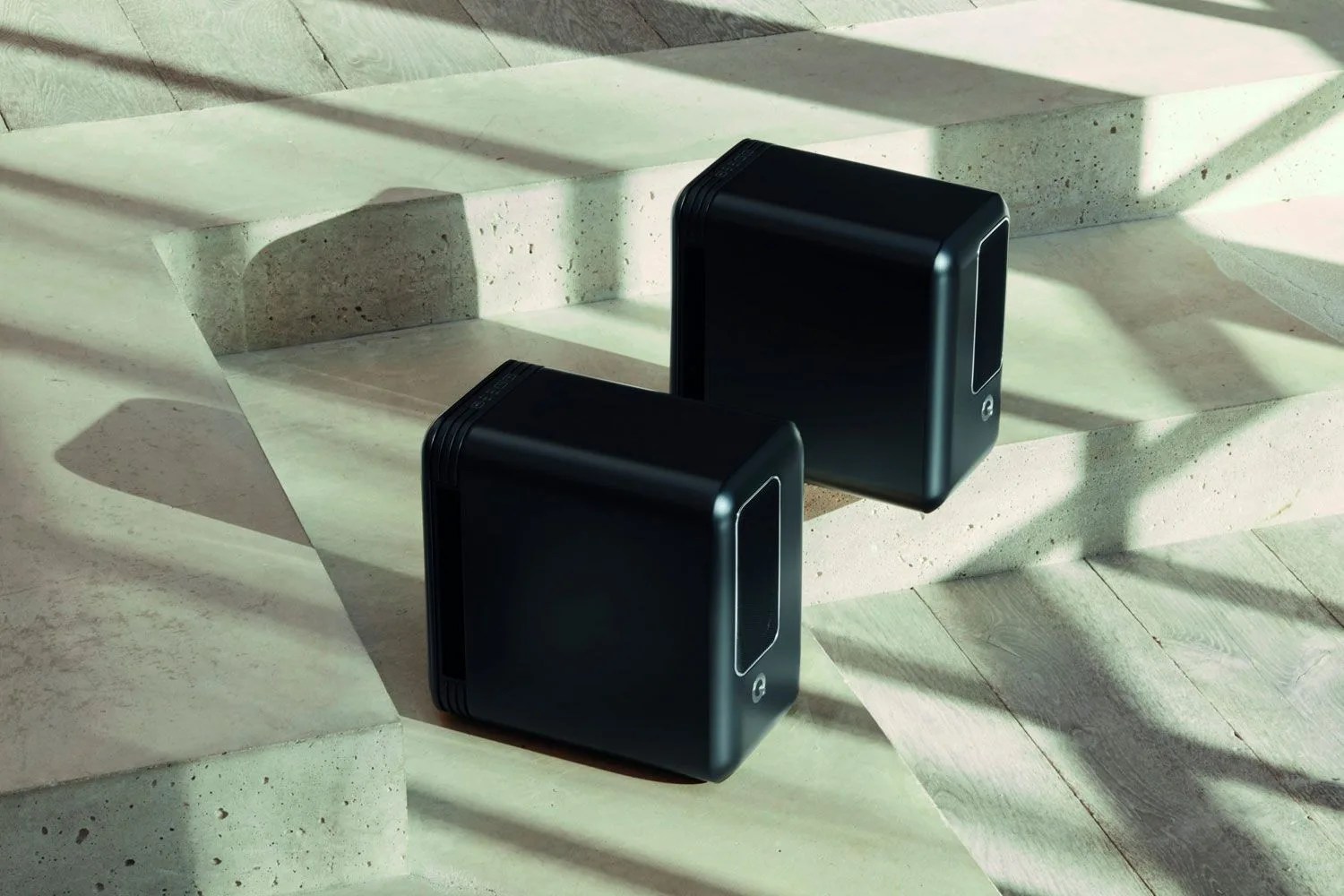Every speaker, no matter size or shape or quality or cost, is either passive or active. It either relies on an external amplifier somewhere else in your stereo system, or packs all the hardware it needs to play inside its own body. For 15 years, Q Acoustics has made some of our favorite passive bookshelf speakers, like the affordable 3020i and the well-loved Concept 20, exclusively. But now it’s going active with the new Q Active 200. Why?
The popularity of active speakers has grown considerably in the past few years, bringing all sorts of manufacturers along with. Along with Q Acoustic, competitors like KEF and Bowers & Wilkins have also moved to offer new lines of new, active speakers, with amplifiers built directly into their bodies. According to Alex Munro, the Brand Director of Q Acoustics, one big reason for the shift is, essentially, the internet.
Once upon a time, audio gear was primarily sold by third party distributors who had an interest in stocking individual components to cater to all types of buyers and maintain a variety of merchandise. Now that speaker companies can more easily sell directly to consumers, there’s one fewer barrier to making speakers pre-paired with their perfect amp, a design which offers plenty of additional benefits to boot.
It’s a level of calibration not possible with passive designs.
Passive speakers, designed as they are to play nicely with various amps, tend to have high and low-end drivers designed to scale their output in unison based on the power coming. Otherwise, different amps might make a given speaker sound top- or bottom-heavy. “The difference in an active speaker is that you have a separate amplifier for each driver and can then set that amplifier gain level to completely suit [a specific] driver, ” Munro says. It’s a level of calibration that’s not possible with passive designs.
What’s more, you can synchronize the various internal drivers of an individual speaker much more finely than you ever could otherwise. “If you look at the drivers on a Q Active 200, you’ve got two drivers in the front of the cabinet and then you’ve got a subwoofer venting from the rear of the cabinet,” Munro explained. “And we delay the sound going to the front of the cabinet so that both arrive at the listener at the same time.”



